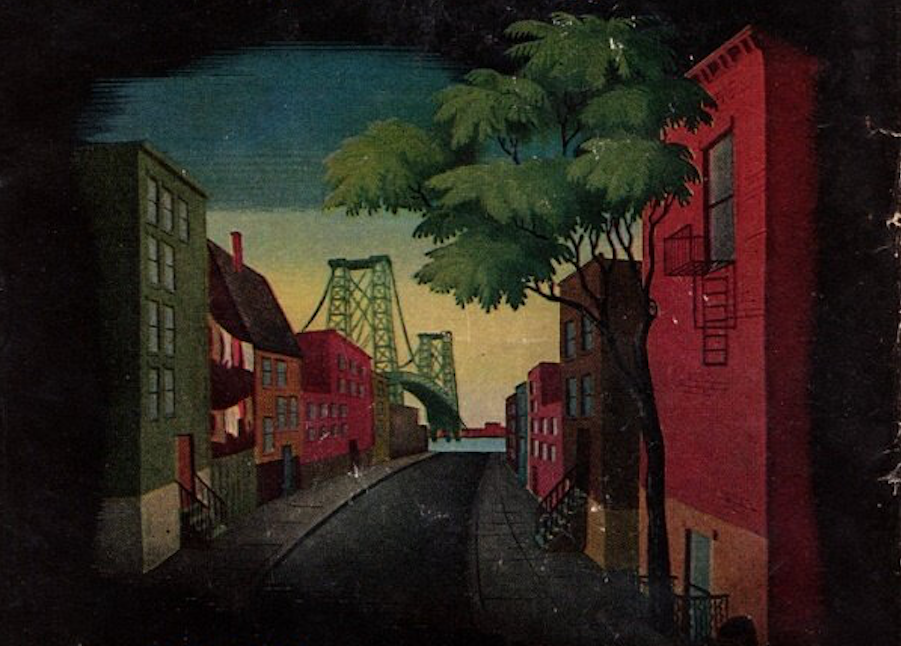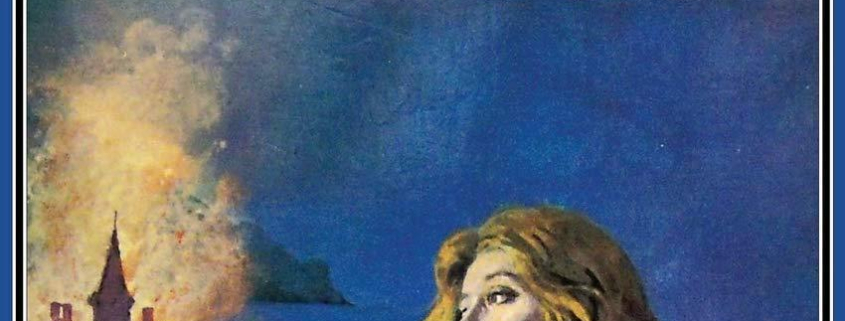Hot Girl Classics: a guide to library staples

Betty Smith, author of “A Tree Grows in Brooklyn,” writes on the aspirations of an adolescent girl born into unfortunate circumstances. (Photo courtesy of Creative Commons)
Yes! Another list of books you should read! Hopefully, you’re taking the hint by now.
Just kidding. Maybe. Anyways.
It’s already overwhelming enough to pick a book to read. But, I’d argue it’s even more overwhelming choosing a classic to take on. For most undergraduates, some of the only experiences with classic literature involve required readings from our high school English courses (typically in the form of battered used copies with phallic icons in the bylines).
Thankfully, there is more to classic reading than “Hamlet” and “The Scarlet Letter.” Here is a short but sweet list of easy-to-read classics that don’t feel like a chore and will help you wade your way through this perhaps previously uncharted territory. All of these books date as far back as the early 20th century and will be a starting point to eventually work your way back toward older novels with tougher syntaxes and themes.
“Valley of the Dolls” by Jacqueline Susann
For “Gossip Girl” enjoyers and @DeuxMoi followers: Probably the most leisurely read on this list, this book, at points, almost reads like a salacious tabloid. The plot is furthered simply by adding betrayal, gossip and substance abuse. Besides the terribly outdated sexist undertones and societal expectations in this story, it’s ultimately just a fun read. The narrative chronicles the lives of three women as they attempt to climb to the top of their respective entertainment industries. Vanity is a currency, yet simultaneously, a delicacy in this drama-filled extravaganza. In short, beauty and misery intertwine to create the past century’s most popular cult classics.
“This Side of Paradise” by F. Scott Fitzgerald
For those disappointed with this century’s Roaring 20s: If you actually (be honest here) read “The Great Gatsby” for your required reading in high school and wished there was a sequel matching its tragically opulent plotlines, your wish has been granted, or was in 1920. This novel follows a Princeton student who is under the impression — like most bright-eyed undergraduates — that he has a wildly successful life ahead of him. However, after trudging through a World War, numerous failed relationships, disillusionment with a corporate job and a complete depletion of inherited wealth, Amory, the protagonist, faces an abject reality, with the illustrious Jazz Age serving as an antipodal background. Out of all of the books on this list, this one was a major sensation amongst college students upon its publication, so naturally it is the perfect Fitzgerald follow-up to Gatsby.
“Rebecca”
by Daphne du Maurier
For those who stalk their current significant other’s ex online: Yes, this book — at least according to its advertising — is one of the greatest romance stories of all time. However, the romance marketed to unbeknownst readers has to be one of the least alluring aspects of the plot. The unnamed narrator’s descent into the darker and luxuriously covert Manderley estate warrants this novel to be classified as a horror story rather than a romance. This book will prove a quick read, not because of its actual length but because you physically will not be able to put it down. And even when you do, you’ll be kept up at night as you look to learn more and more about the titular Rebecca.
“A Tree Grows in Brooklyn” by Betty Smith
For those still mortified by “A Little Life” by Hanya Yanagihara: Divided into five “books,” this novel begins in 1912 and illustrates a milder, less traumatizing version of Yanagihara’s masterpiece where, just like “A Little Life,” New Yorkers (specifically Brooklynites in Smith’s case) still had it rough, weaving in and out of poverty, alcoholism and untimely deaths. There’s a little more hope in Smith’s classic, though, as the main heroine Francie continues to serve as a beacon of determination and perseverance for readers to this day, rising beyond the destitute circumstances she was born into and becoming more resilient with every disappointment placed in front of her.
“We Have Always Lived in the Castle” by Shirley Jackson
For “The Haunting Of Hill House” watchers: While “Hill House” is also an essential classic read (and the Netflix adaptation was phenomenal), “We Have Always Lived in the Castle” is Jackson’s finest. With this being her final book, this story unwinds into a magnetic murder mystery, complete with the typical darker horror elements of greed, hostility and alienation. A dark delight shows that the family’s misdeeds are more haunting than any ghost and, for gothic newcomers, this is a great first step into the Mary Shelley-Edgar Allan Poe-Bram Stoker multiverse.
Here’s to hoping that at least one of these choices begins your lifelong love affair with classics. Or, at the very least, just gets you to read a book.

